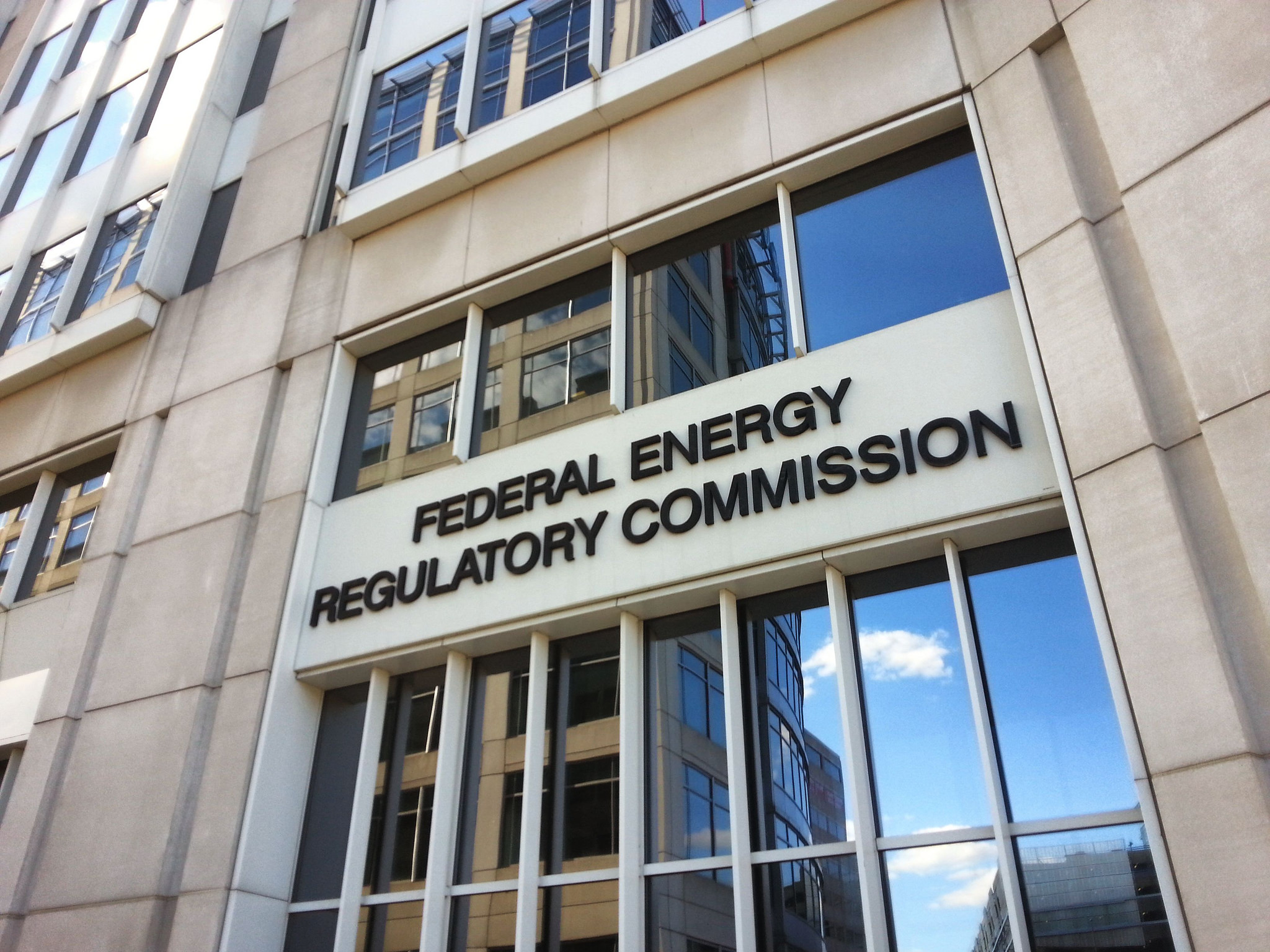A massive Arctic natural gas pipeline project in Alaska just got federal approval
But the economics of the plan to pipe gas from the Arctic to the state's southcentral region are now in doubt.

A federal agency has approved a plan to build a massive pipeline project to ship natural gas from Alaska’s North Slope to markets.
The Federal Regulatory Energy Commission on Thursday granted an authorization for the plan sponsored by the Alaska Gasline Development Corp.
The state agency proposes to build a pipeline system about 800 miles long that would ship North Slope natural gas to southern Alaska’s Cook Inlet, where the gas would be liquefied and then shipped on tankers to Asian markets. Volumes shipped in the pipeline would be up to 3.9 billion cubic feet a day, and the project would produce up to 20 million metric tons of LNG for export each year. The cost is estimated at over $43 billion, though the AGDC has hired a contractor, Fluor, to find ways to trim that total.
The North Slope holds about 35 trillion cubic feet of natural gas reserves that have been known for decades, with an estimate of several times that much yet to be discovered. The North Slope’s natural gas has been stranded from markets, with no method of shipping and no commitment from buyers, despite several project plans proposed over the decades.
As with earlier plans, no entity has committed to build or finance the project proposed by the AGDC. The agency continues to seek investors; previous tentative deals with Chinese institutions have expired and economic prospects have dimmed.
Still, Alaska officials hailed the FERC approval as a major step toward making the decades-long Alaska natural gas dream a reality.
“FERC’s authorization validates that the Alaska LNG Project can be safely built and operated, delivering numerous potential benefits with manageable environmental impacts. This approval, a major milestone in the development of the project, signifies the completion of a rigorous and comprehensive evaluation that has engaged environmental and energy experts at dozens of federal and state regulatory agencies,” AGDC President Frank Richards said in a statement.
“Obtaining FERC approval significantly de-risks the project execution with defined environmental stipulations. Our momentum continues as we complete our assessment of the project’s economics and competitiveness, and engage with potential project partners to determine the best path forward for the Alaska LNG Project.”
Gov. Mike Dunleavy called the authorization “a key step in determining if Alaska LNG is competitive and economically beneficial for Alaska,” according to the AGDC statement.
The statement also quoted the state’s Congressional delegation. “Development of our vast natural gas resources will further expand North Slope opportunities and could be a game-changer for our state economy,” Sen. Lisa Murkowski, Sen. Dan Sullivan and Rep. Don Young said in the statement.
However, one environmental group panned the FERC authorization.
“Moving forward with this risky Alaska LNG project at a time like this is totally unacceptable,” Miyoko Sakashita, ocean program director with the Center for Biological Diversity, said in a statement. “The Trump administration should focus on public health and shoring up our economy, not rushing approval of a dirty fossil fuel project that will harm polar bears and our climate. This project is bad for Alaska, bad for America, and bad for our planet.”
It is not the first time that federal approval was granted to a pipeline system that would deliver North Slope natural gas to markets.
In 1977, FERC’s predecessor agency, the Federal Power Commission, recommended that an overland pipeline system be built to deliver natural gas from the North Slope to the Lower 48 states. That year, President Jimmy Carter selected a route along the Alaska Highway, and Congress approved Carter’s plan.
A Congressional report published that year painted an optimistic picture of the pipeline’s prospects. The project would have 4,787 miles of pipe shipping an average 2.4 billion cubic feet a day, with deliveries expected to start in the mid-1980s, the report said.
“In 1990 and after, the market position of Alaska gas seems assured. Due to declining deliverability of Lower 48 conventional gas reserves, an Alaska gas project would go from a position of one of the more expensive sources of gas in 1985 to one of the less expensive sources in 1990,” the report said.
No such gas pipeline project was built, even though various plans have been put forward over the years for either an overland line through Canada or, as the AGDC plan proposes, an all-Alaska line sending gas to a southern Alaska port for loading into LNG tankers.
The plan is also now facing competition from a new proposal that would skip the long pipeline entirely. The Qilak LNG project, if built, would send North Slope natural gas by a short pipeline to an offshore liquefaction plant in the Beaufort Sea, then load LNG into icebreaking tankers. The proposal has parallels to the Yamal natural gas facility in Russia, where product is delivered into tanker vessels for shipment. The retreat of Arctic sea ice is a factor making transport of LNG directly from the North Slope feasible, according to Qilak officials. (Disclosure: Qilak CEO Mead Treadwell sits in the board of ArcticToday.)
The icebreaker idea is also not new for North Slope natural gas, though the Qilak plan is the most advanced to date. The 1977 Congressional report mentions the use of icebreaking gas tankers as an alternative to the overland route. “The cost of liquefaction on the North Slope would be higher than in South Alaska,” but ultimately, such a project might be economic, the report said.